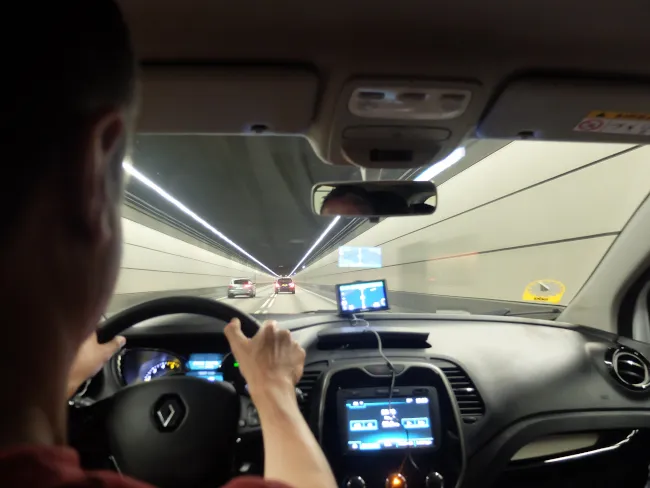The ERF is publishing its manifesto intended to improve transport in Europe. Called Keeping Europe Moving, this programme offers solutions for effective management of a safe and efficient European road network. The ERF highlights that chronic underfinancing is leading to a severe deterioration of the quality of Europe’s road network. The manifesto highlights how this is threatening one of Europe’s most important assets. With a total of around 5 million km, the European Union’s road network represents a valu
April 12, 2013
Read time: 2 mins
The ERF is publishing its manifesto intended to improve transport in Europe. Called Keeping Europe Moving, this programme offers solutions for effective management of a safe and efficient European road network. The ERF highlights that chronic underfinancing is leading to a severe deterioration of the quality of Europe’s road network. The manifesto highlights how this is threatening one of Europe’s most important assets. With a total of around 5 million km, the 1116 European Union’s road network represents a value of more than €8 trillion that has been built over the last 50 years at considerable cost and great effort. The risk of compromising this asset is very high. To ensure the continued mobility of people and goods across Europe and avoid greater risks for accidents, congestion and noise, it is essential to preserve the road infrastructure and to improve its quality efficiently. With the Manifesto “Keeping Europe Moving” the ERF calls upon policy-makers in the European Union and its member states to implement a long-term, effective management for a safe and efficient European road network including the allocation of appropriate funds for regular road maintenance.
Road Asset Management can achieve these goals by establishing a complete inventory of all the road elements, providing a clear picture of the current condition of the road network and estimating the value of the asset and the costs of maintenance. It can also be helped by setting up precise funding scenarios for the regular and timely maintenance and upgrade of the road asset and assisting political decision-makers in selecting the most cost-effective programme for maintaining, improving and properly financing the road infrastructure. Road Asset Management enables to take political decisions based on the level of service expected and should be provided with the necessary funding to deliver it.
Road Asset Management can achieve these goals by establishing a complete inventory of all the road elements, providing a clear picture of the current condition of the road network and estimating the value of the asset and the costs of maintenance. It can also be helped by setting up precise funding scenarios for the regular and timely maintenance and upgrade of the road asset and assisting political decision-makers in selecting the most cost-effective programme for maintaining, improving and properly financing the road infrastructure. Road Asset Management enables to take political decisions based on the level of service expected and should be provided with the necessary funding to deliver it.








